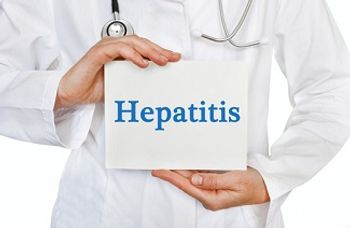
CDC Issues Zika Guidance to Bolster Infection Control & Limit Exposure
The Centers for Disease Control and Prevention has issued Zika guidance designed to bolster infection control and limit exposure to clinicians and other caregivers.
Following on the heels of
Published on October 28, the guidance establishes protocols for all healthcare facilities and personnel, with an emphasis on women healthcare workers who are pregnant, given the impact of the mosquito-borne virus on the health of expecting mothers and their children. However, in general, the CDC guidance advises healthcare facilities to institute its “
“Standard Precautions should be used to protect healthcare personnel from all infectious disease transmission, including Zika virus,” the CDC noted in the
The Zika guidance advises healthcare personnel working in labor and delivery units to “assess the likelihood of the presence of body fluids or other infectious material based on the condition of the patient, the type of anticipated contact, and the nature of the procedure or activity that is being performed.” If deemed necessary, the CDC advocates for the use of personal protective equipment (PPE) to prevent exposure. For pregnant staff, the CDC notes that it is generally safe to treat patients with Zika virus, as long as they adhere to “Standard Precautions.” However, the agency advises administrators to accommodate pregnant personnel concerned about potential exposure to blood, bodily fluids, secretions, and excretions.
With Zika, as with any other infection, the CDC recommends evaluating any percutaneous exposures as well as exposures of non-intact skin or mucous membranes sustained by healthcare workers. All potential exposures should be reported and affected personnel should undergo testing according to healthcare facility policy in conjunction with local public health officials. Although healthcare workers who may have been exposed to the Zika virus through travel or sexual contact should undergo testing—just like any member of the general public—routine Zika virus testing is not indicated for asymptomatic healthcare personnel, even those caring for patients with the virus.
Asymptomatic healthcare workers with Zika do not need to be placed on restricted duty, as long as they adhere to “Standard Precautions,” the CDC says. Notably, the agency emphasizes that no “special” precautions are required for the disinfecting of patient room or any equipment and/or devices following use by patient with Zika, again, as long as “Standard Precautions” are followed.
The guidance also advised family and/or home caregivers of those with Zika virus infection to:
- Avoid contact with blood or body fluids.
- Wash hands with soap and water immediately after providing care.
- Remove and wash clothes with blood/bodily fluids on them.
- Clean/disinfect surfaces with blood or other body fluids on them.
The CDC stresses that these steps are particularly important for pregnant women caring for someone with Zika. Finally, family members and others visiting a hospitalized patient with the virus “should not engage in activities that could possibly expose them to blood or body fluids.”
Brian P. Dunleavy is a medical writer and editor based in New York. His work has appeared in numerous healthcare-related publications. He is the former editor of Infectious Disease Special Edition.
Newsletter
Stay ahead of emerging infectious disease threats with expert insights and breaking research. Subscribe now to get updates delivered straight to your inbox.

















































































































































































































































































